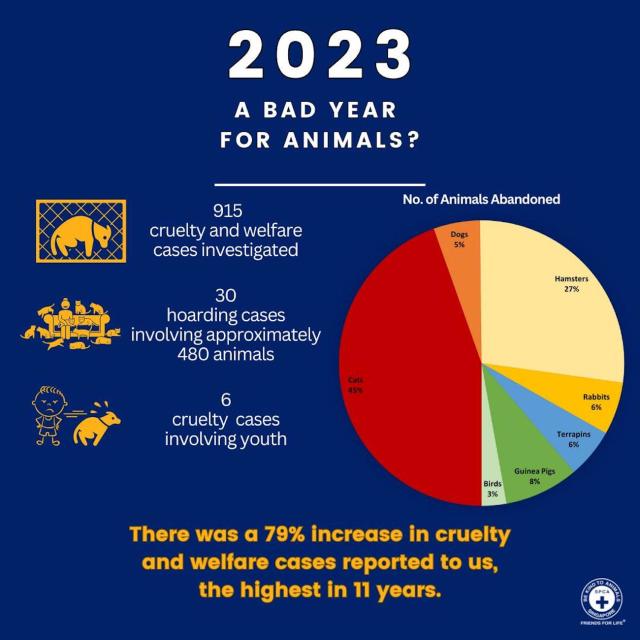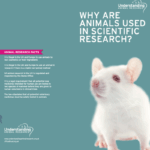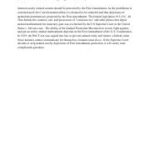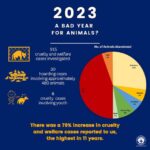As we navigate through the labyrinth of human-animal interactions in 2025, the statistics concerning animal cruelty unveil a stark reality that cannot be ignored. Despite the advances in technology and the growing awareness regarding animal rights, the data indicates a troubling persistence of maltreatment across the globe. Understanding these numbers and trends is paramount, as they illuminate the shadows where animals suffer and where advocacy is desperately needed.
At the core of the current discourse is the estimated increase in reported cases of animal abuse, which has risen by an alarming 30% since the previous assessment. This rise is not merely a reflection of a growing awareness or better reporting mechanisms; it underscores a deeper societal malaise that warrants examination. The numbers paint a vivid picture, suggesting an intersection of socioeconomic factors, education, and cultural attitudes towards animals. Countries grappling with poverty show a correlated spike in incidents of cruelty, indicating that economic stress perhaps diverts attention away from compassionate treatment of vulnerable creatures.
Geographically, the landscape of animal cruelty varies significantly. Developed nations, often perceived as bastions of animal welfare, paradoxically exhibit high instances of neglect, particularly in the context of companion animals. In urban settings, the phenomenon of abandonment has reached striking levels, with cities recording thousands of stray animals, highlighting a disconnect between pet ownership and responsibility. Conversely, in developing regions, traditional practices often clash with modern understandings of animal welfare, particularly in industries reliant on animals for labor or food, suggesting a pressing need for education and change.
Additionally, the rise of social media has arguably acted as a double-edged sword. On one hand, the proliferation of online platforms has facilitated heightened awareness regarding animal welfare issues, mobilizing activists and fostering a community dedicated to combating cruelty. Yet, the same platforms also propagate content that desensitizes viewers to violence against animals, inadvertently trivializing their suffering. As a result, there is an urgent need for harnessing the power of social media to amplify messages of compassion while simultaneously educating the public on the severe implications of cruelty.
The metrics concerning specific types of abuse highlight distinct patterns. Reports indicate that physical abuse, particularly in the context of dog fighting and other illicit activities, remains prevalent across numerous regions. Despite stringent laws being enacted in many jurisdictions, enforcement remains inconsistent. Furthermore, the cyclical nature of violence observed in many offenders suggests that addressing the root causes—often deeply embedded in social and familial structures—is critical for long-lasting change.
Factors such as neglect and hoarding also demand attention. The statistics reveal that instances of animal hoarding have surged, with individuals often overwhelmed by their inability to provide adequate care. Such situations not only jeopardize the welfare of the animals involved but place an immense strain on local animal shelters and resources. The ideal solution lies in not only rescue and rehabilitation but also in preventative measures that educate potential pet owners about responsible ownership and the necessity for spay/neuter programs.
When examining animal cruelty in captivity, particularly in industries such as agriculture, the numbers present a stark contrast to the ideal of humane treatment. Factory farming continues to dominate the landscape, where intensive confinement practices raise grave concerns regarding the wellbeing of livestock. Reports indicate that animal suffering often goes unrecognized, concealed behind the veil of economic productivity. The consequences are dire; not only do animals endure profound distress, but the implications extend to human health, with antibiotic resistance and food safety becoming critical issues for consumers.
In the midst of this tumultuous landscape, legislation has experienced a gradual evolution. Countries are beginning to adopt more comprehensive animal welfare laws, reflecting a transition in societal attitudes towards companion and farm animals alike. However, enforcement remains a formidable challenge. Many existing laws are inadequately resourced, resulting in limited efficacy in addressing abuse and neglect. To counter this, advocacy organizations are leveraging data to drive legislative reform, showcasing the necessity of robust policies that guarantee protection for animals.
Ultimately, as we reflect on the statistics and trends of animal cruelty in 2025, it is crucial to recognize that shifts in perspective can catalyze change. The fight against animal cruelty calls for a multifaceted approach, one that encompasses education, legislation, and community engagement. A society that values empathy can contribute significantly towards diminishing the prevalence of animal abuse. Curiosity about statistics should propel individuals towards action, fostering a landscape where compassion supersedes cruelty.
The path forward involves collective engagement, where awareness in the form of data leads not simply to despair, but to a renewed commitment to safeguarding the voiceless. Each statistic should serve as not just a number, but a call to action, urging society to rethink its relationship with animals and to pledge allegiance to their welfare. In a world where the plight of the innocent reaches our consciousness, the potential for transformative change lies within our grasp.









